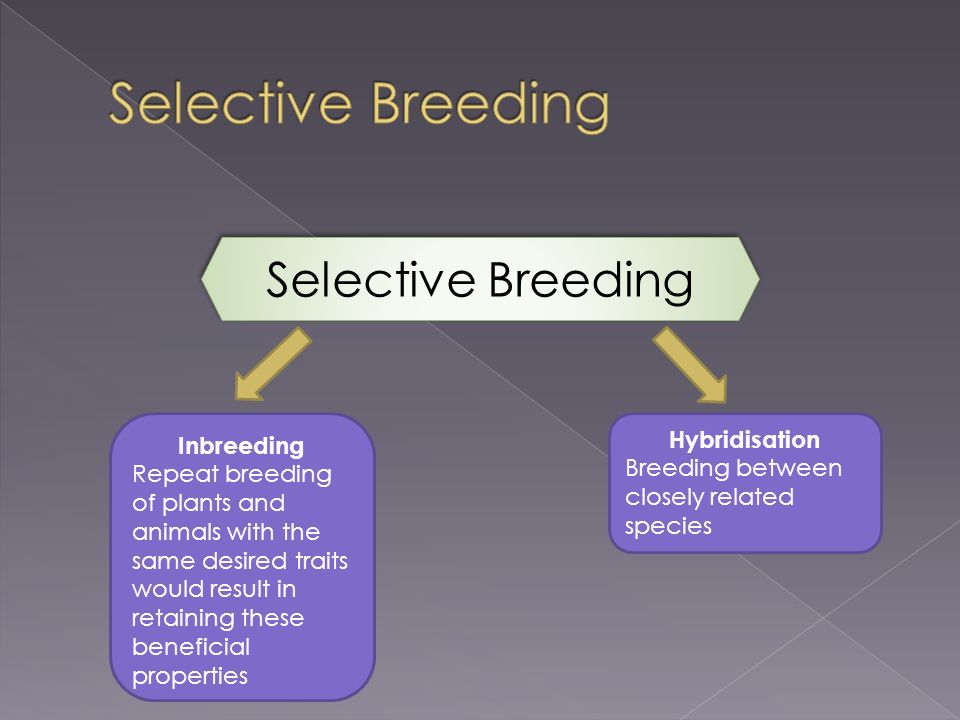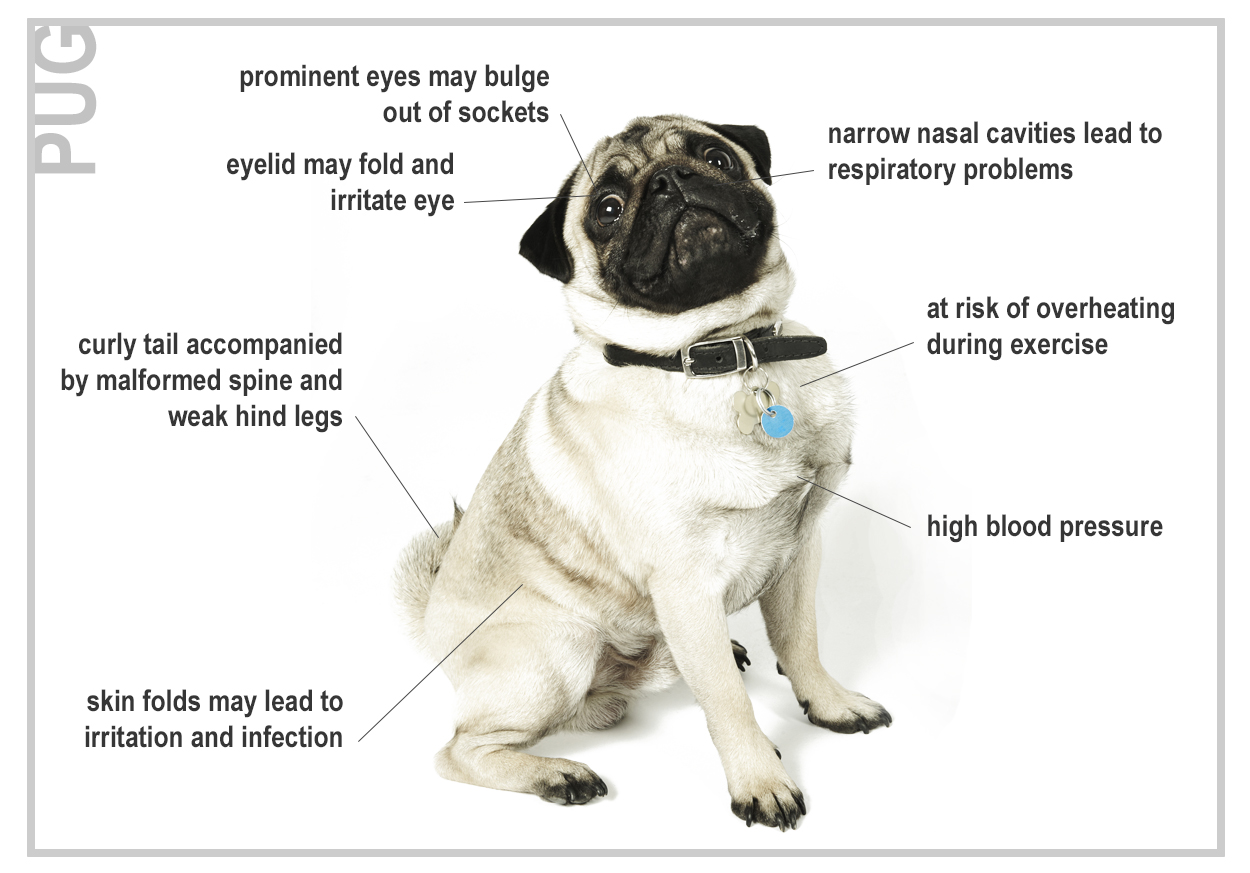How are the selective breeding techniques of hybridization and inbreeding opposites?
1 Answer
Hybridisation and Inbreeding: both are two different forms of selective breeding.
Both involves artificial selection of characters favoured by human community.
Hybridisation is commonly practised by agriculturists, for creating high yielding crops. Inbreeding is mostly considered for developing show animals like dogs and horses.

Hybrid vigour appears in progeny after hybridisation, where heterozygous condition is achieved by crossing two unrelated organisms or varieties, e.g. crossing a pest resistant Indian rice variety with high yielding Japanese rice variety. This may provide some high yielding yet resistant hybrid rice plants in next generation.
Inbreeding allows organisms to retain unique characteristics by maintaining homozygosity when organisms of same variety are crossed together, (e.g. in case of producing pups of particular dog breed) or when closely related organisms are crossed (e.g. in case of producing race horses). Repeated inbreeding may often lead to manifestation of recessive harmful character.
Hybridisation is often done without practical purpose, e.g. crossing a lion with a tiger which do not provide any benefit to any species. Release of hybrid organisms in nature, both designed and unplanned, may alter gene pools and ecosystems in future.
Inbreeding erases variability from gene pool, which is not a desirable situation for well being of organisms. Irresponsible inbreeding has also resulted in poorly adapted animals.

